Wildlife behaviour refers to how animals in a particular habitat or ecosystem interact with each other and their environment, including humans. Observing these behaviours helps us understand how animals live, respond to different factors, and adapt to changes, such as the increasing presence of humans.
Human-wildlife conflict (HWC) occurs when animals’ natural behaviours, particularly those related to searching for food and shelter, interfere with human activities.
Key Factors in Wildlife Behavior
The behaviour of animals in a given environment is often driven by instincts or learned responses to internal and external stimuli. For example, the female hippopotamus that charged at and killed Late Malam Usman Maigadi in Yauri, Kebbi, early last Sunday, acted instinctively to protect her young. These behaviours are primarily survival mechanisms.
Conduct plays a significant role, particularly in animals with complex social systems. For instance, primates show an understanding of social structures, communication, and altruism—behaviours done for the benefit of others in their group or species. These actions often indicate an animal’s mental state rather than just its need for food, shelter, or other necessities. Stress or fear due to habitat disturbance can result in unusual behaviours, highlighting the need for conservation.
Understanding these dynamics helps us predict how animals may behave, especially when their natural habitats are disrupted by human activity. This knowledge can lead to better strategies for coexisting with wildlife.
Human-Wildlife Conflict: Causes and Consequences
Human-wildlife conflict occurs when humans and wildlife come into direct contact, often as a result of humans interacting with natural resources that animals depend on. Some key factors contributing to this conflict include competition for food, water, and other resources, as well as changes in land use—like converting agricultural areas for human expansion—which bring humans and wildlife into closer proximity.
This conflict has serious consequences, not only for humans but also for animals and other living organisms. Losses for humans include crop damage, livestock losses, and, in extreme cases involving large animals like elephants or predators such as leopards and hyenas, human lives can be at risk. Wildlife, on the other hand, are often hunted or displaced, leading to reduced populations, and in some cases, species face the threat of extinction.
Mitigating Human-Wildlife Conflict
Before developing an effective mitigation strategy, certain key elements must be agreed upon, such as the awareness and nature of the conflict. Effective strategies may include both lethal and non-lethal methods, like community policing. Some key approaches include:
- Habitat Preservation: Creating designated areas where animals can find food and water without human interference.
- Physical Barriers and Deterrents: Using methods like electric fences or noise deterrents to prevent animals from destroying crops and livestock.
- Translocation: Moving certain animals away from human settlements, though this should be done cautiously to avoid disrupting natural ecosystems.
- Community Education and Involvement: Engaging and educating locals on how to coexist with wildlife can enhance conservation efforts.
It’s important to remember that human-wildlife conflict is not just a conservation issue; it’s also a matter of development and livelihoods. Addressing these challenges is essential for long-term solutions.
For further insights on Human-Wildlife Conflict (HWC) strategies, the World Wildlife Fund (WWF) and other reputable conservation organizations offer in-depth resources. Discover more through the following links:

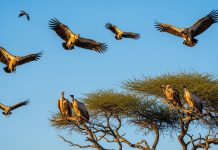




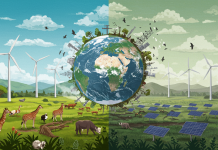


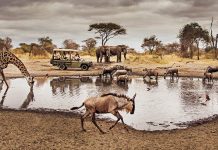





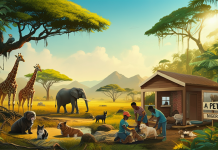
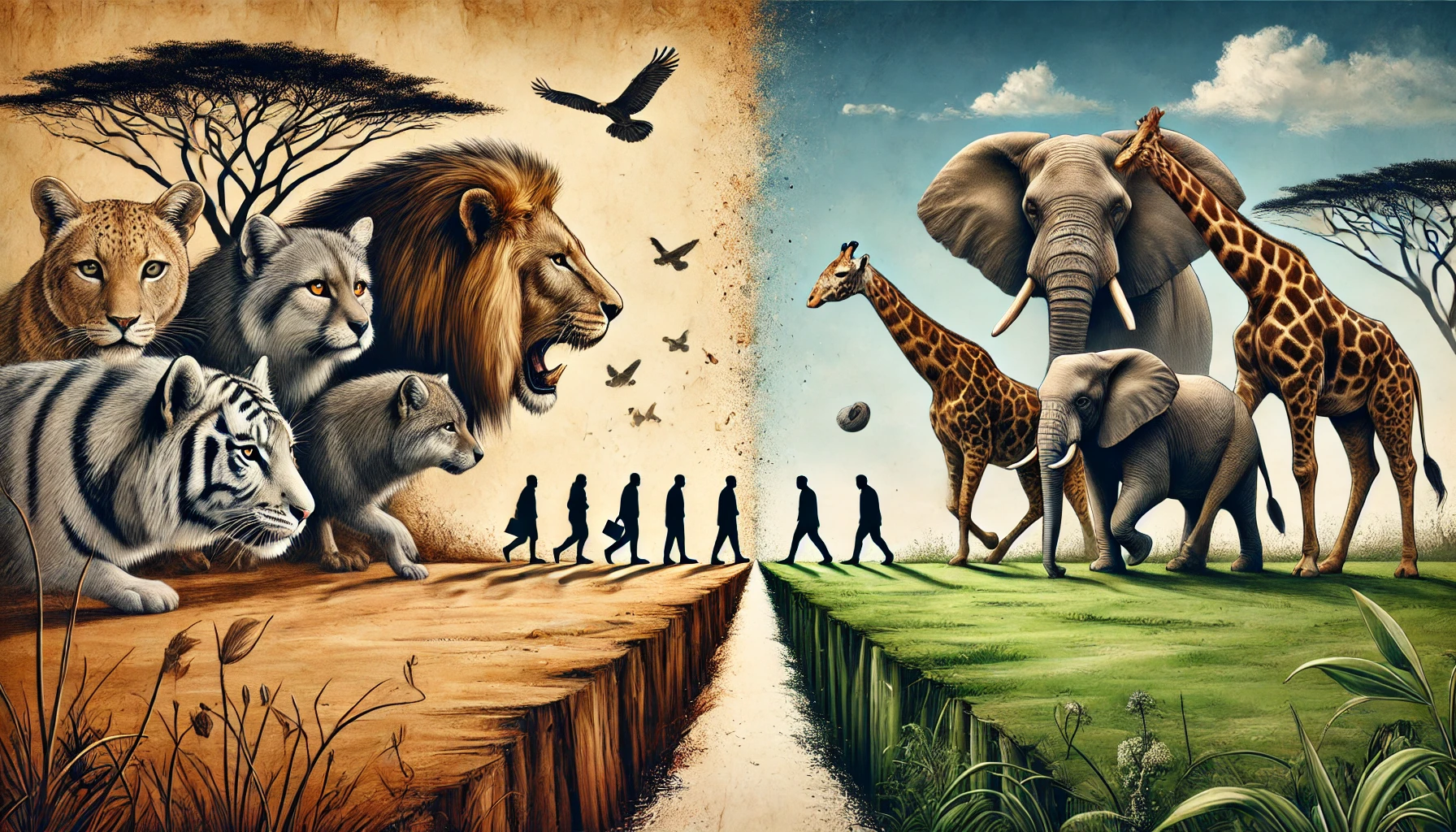
Very well written story. It will be beneficial to everyone who usess it, as well as yours truly :). Keep doing what you are doing – for sure i will check out more posts.
you’re in reality a excellent webmaster. The web site loading pace is amazing. It seems that you’re doing any unique trick. Moreover, The contents are masterpiece. you’ve performed a magnificent process on this subject!
When I initially commented I clicked the -Notify me when new comments are added- checkbox and now each time a remark is added I get four emails with the same comment. Is there any manner you can take away me from that service? Thanks!
You actually make it appear so easy with your presentation however I to find this topic to be actually something which I think I would by no means understand. It seems too complicated and extremely huge for me. I’m looking ahead in your next put up, I will try to get the hold of it!
I’m truly enjoying the design and layout of your site. It’s a very easy on the eyes which makes it much more enjoyable for me to come here and visit more often. Did you hire out a designer to create your theme? Fantastic work!
Thank you for sharing with us, I conceive this website truly stands out : D.
It¦s really a great and useful piece of information. I¦m glad that you shared this helpful info with us. Please keep us up to date like this. Thank you for sharing.
I haven?¦t checked in here for a while since I thought it was getting boring, but the last several posts are good quality so I guess I?¦ll add you back to my daily bloglist. You deserve it my friend 🙂
I simply couldn’t go away your website prior to suggesting that I really enjoyed the usual information a person supply for your guests? Is gonna be back regularly in order to inspect new posts
Simply wanna comment that you have a very nice internet site, I love the design and style it really stands out.
Outstanding post, you have pointed out some good details , I besides believe this s a very good website.
As I web site possessor I believe the content matter here is rattling wonderful , appreciate it for your efforts. You should keep it up forever! Best of luck.
Hi, Neat post. There’s a problem with your site in internet explorer, would test this… IE still is the market leader and a big portion of people will miss your great writing due to this problem.
Hi! I’m at work surfing around your blog from my new iphone! Just wanted to say I love reading your blog and look forward to all your posts! Keep up the superb work!
7m3zu2
Hi there! Someone in my Myspace group shared this site with us so I came to take a look. I’m definitely loving the information. I’m bookmarking and will be tweeting this to my followers! Fantastic blog and terrific design and style.
8ds42h
6o9d47
cntu3a
nu152v
r8ow5e
1fz10i
0mk8kj
Utterly indited written content, thank you for selective information. “In the fight between you and the world, back the world.” by Frank Zappa.